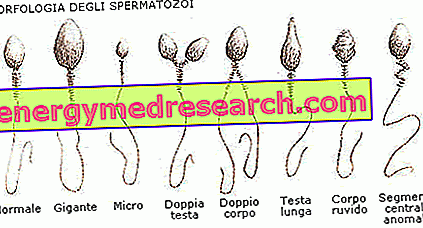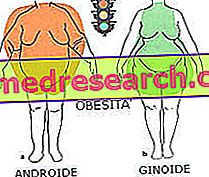
What is Twinrix Pediatric?
Twinrix Pediatric is a vaccine available as a suspension for injection. It contains inactivated hepatitis A virus and parts of the hepatitis B virus as active ingredients. It is available in a 0.5 ml ampoule and in a 0.5 ml pre-filled syringe.
What is Twinrix Pediatric used for?
Twinrix Pediatric is used to protect against hepatitis A and hepatitis B infection (diseases that affect the liver). It is used in children and adolescents between 1 and 15 years of age who are not already immune to these two diseases and who are at risk of contracting both.
The medicine can only be obtained with a prescription.
How Twinrix Pediatric is used
? The recommended vaccination schedule for Twinrix Pediatric consists of three doses, with an interval of one month between the first two doses and an interval of five months between the second and third doses. It must be given by injection into the upper arm or thigh muscle.It is recommended that people receiving the first dose necessarily complete all three doses of Twinrix Pediatric.
A booster dose of Twinrix Pediatric, or a different hepatitis A or B vaccine, can be given according to official recommendations.
How does Twinrix Pediatric work?
Twinrix Pediatric is a vaccine. Vaccines act by 'teaching' the immune system (the body's natural defenses) to defend itself against a disease. Twinrix Pediatric contains small amounts of inactivated hepatitis A virus and the 'surface antigen' (surface protein) of the hepatitis B virus. When a person receives the vaccine, the immune system recognizes viruses and surface antigens as 'strangers' and produces antibodies against them. In the future, the immune system will be able to produce antibodies more quickly if it is exposed to viruses. Antibodies contribute to the protection against diseases caused by these viruses.
The vaccine is 'adsorbed'. This means that viruses and surface antigens are fixed on aluminum compounds to stimulate a better response. The surface antigens of the hepatitis B virus are produced by a method called 'recombinant DNA technology': they are produced by a yeast that has received a gene (DNA) that makes it capable of generating proteins. Twinrix Pediatric is identical to the Twinrix Adult vaccine, available in the European Union (EU) since 1996. The only difference between the two vaccines is the amount of vaccine in each vial or syringe. The active ingredients of Twinrix Pediatric and Twinrix Adult have been available in the European Union for several years in other vaccines: Havrix Adult for protection against hepatitis A and Engerix-B for protection against hepatitis B.
What studies have been performed on Twinrix Pediatric?
Because Twinrix Pediatric and Twinrix Adult contain identical ingredients, some of the data used to support the use of Twinrix Adult have been used to support the use of Twinrix Pediatric.
Two studies were conducted on a total of 180 children and adolescents, all receiving Twinrix Pediatrics. The main measure of effectiveness was the percentage of children who had developed protective levels of antibodies against hepatitis A and hepatitis B.
Other studies observed the persistence of antibody levels after vaccination.
What benefit has Twinrix Pediatric shown during the studies?
Studies have shown that Twinrix Pediatric produced an immune response at least equivalent to that observed during Twinrix Adult studies. All children had satisfactory antibody levels against hepatitis A within two months, and almost 100% had protective antibody levels against hepatitis B within six months (just before the third dose of the vaccine). Antibody levels against hepatitis A and hepatitis B increased after the third dose of the vaccine.
The other studies showed that the presence of antibodies was maintained for at least four years.
What is the risk associated with Twinrix Pediatric?
The most common side effect of Twinrix Pediatric (seen in more than 1 in 10 doses of the vaccine) is pain and redness of the injection site. For the full list of all side effects reported with Twinrix Pediatric, see the Package Leaflet.
Twinrix Pediatric should not be used in people who may be hypersensitive (allergic) to any of the active substances, to any of the other ingredients, or to neomycin (an antibiotic). It must also not be used in people who have had an allergic reaction after receiving hepatitis A or hepatitis B vaccines. The vaccination with Twinrix Pediatric must be postponed in patients with a sudden high fever. The vaccine should never be injected into a vein.
Why has Twinrix Pediatric been approved?
The Committee for Medicinal Products for Human Use (CHMP) has determined that the benefits of Twinrix Pediatric are greater than its risks for use in non-immune children and adolescents from 1 year up to and including the age of 15 who are at risk of infection with both hepatitis A and hepatitis B. The committee recommended the release of marketing authorization for Twinrix Pediatric.
More information on Twinrix Pediatric:
On 10 February 1997 the European Commission granted GlaxoSmithKline Biologicals sa a marketing authorization for Twinrix Pediatric, valid throughout the European Union. The marketing authorization was renewed on 10 February 2002 and 10 February 2007.
For the full EPAR of Twinrix Pediatric click here.
Last update of this summary: 02-2008.



